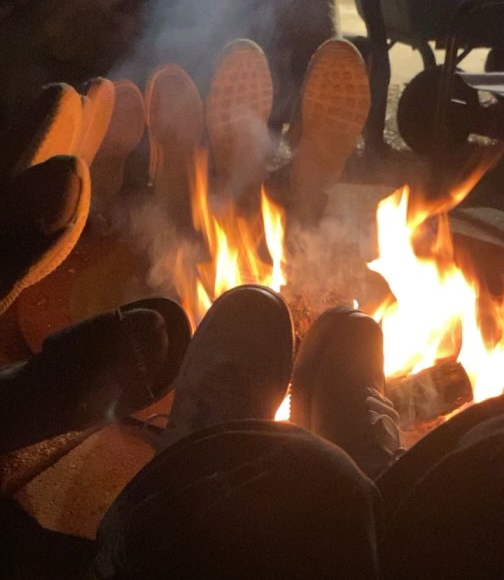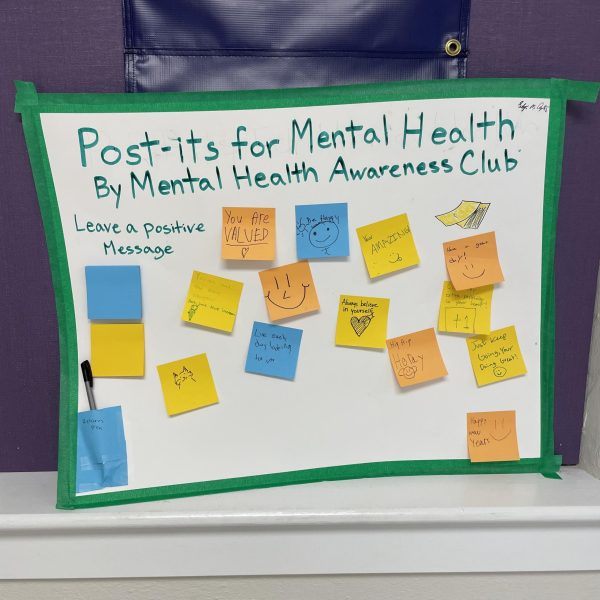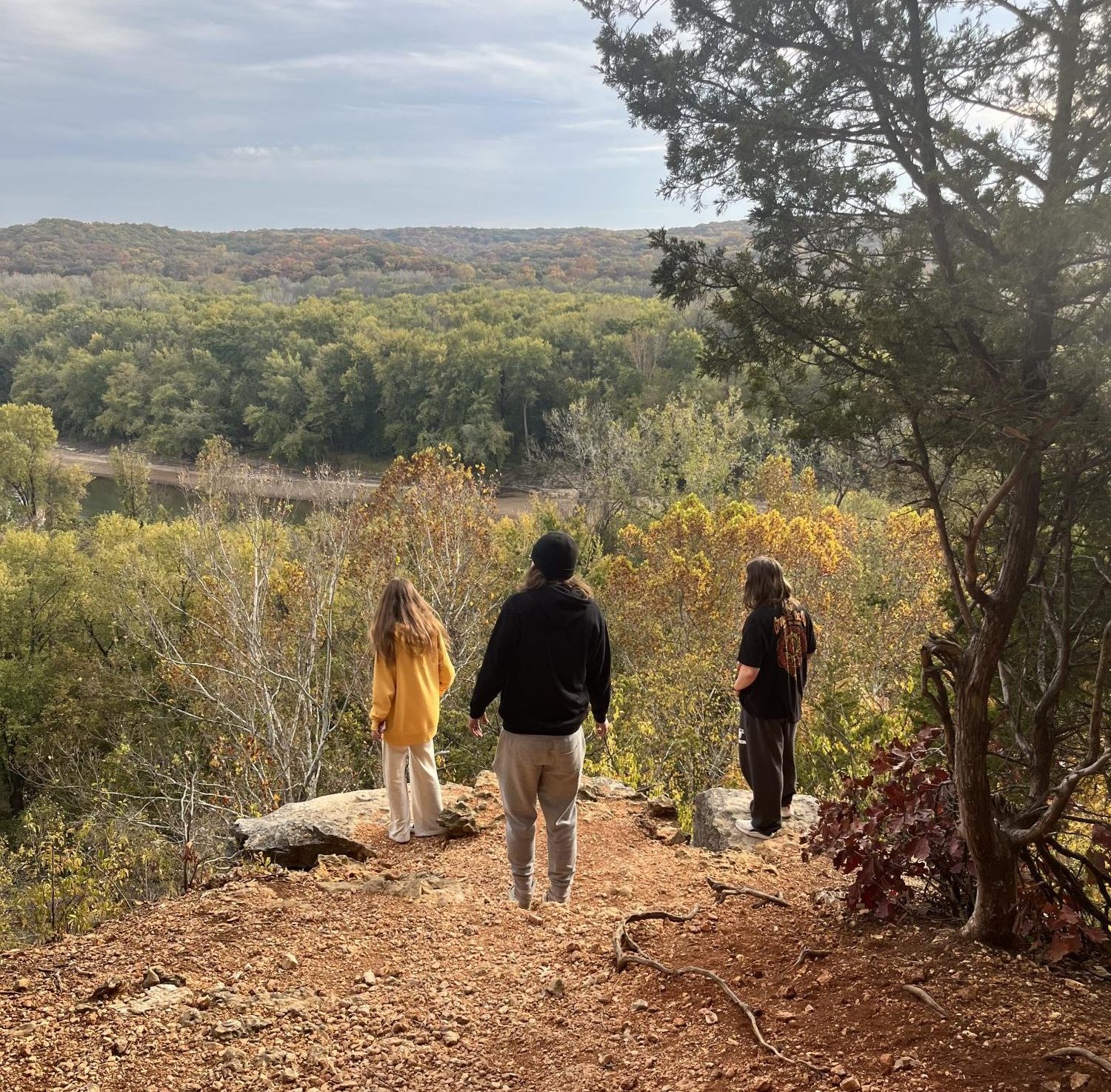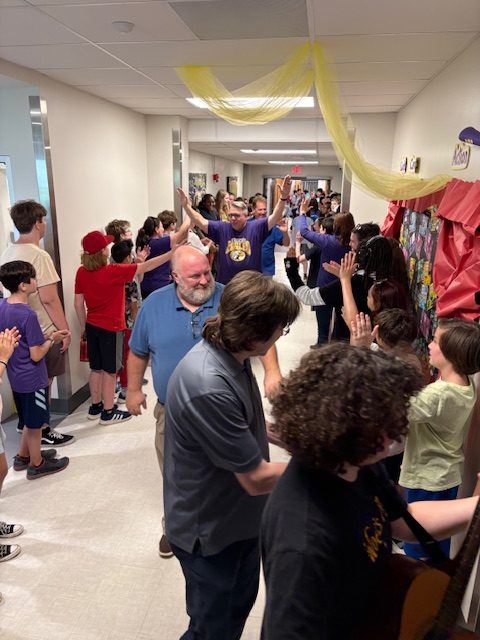While for some, winter might be the refreshing break needed from the heat of a scorching St. Louis summer, others are barely scraping by the sludge of a month known as February. “Around November up until the end of February, everyone just starts to have issues,” said Ethan Corwin, a senior at Brentwood. “Issues that just don’t happen in the summer.”
Often, people refer to these “winter blues” that Corwin describes as seasonal depression.
Based on the National Institute of Mental Health’s list of symptoms for SAD – anxiety, feeling down, overeating, social isolation, oversleeping, irritability, and losing interest in doing things – it’s easy to see why everyone might think they have the disorder.
However, a true diagnosis of SAD is a lot less common than one might think.
According to Medline Plus, SAD only affects approximately 0.3-5% of individuals. In addition to some of the feelings of malaise mentioned earlier, in order for someone to be diagnosed with SAD, there are two criteria that must be met: SAD occurs at a similar time consecutively for two years, and the periods of depression are followed by periods without depression.
Yet, if you’re experiencing some of those winter blues, don’t let that statistic make you think what you’re feeling isn’t real. Approximately 20% of adult Americans experience milder symptoms of seasonal depression, and around 38% of people in America report a decline in mood during the winter.
A change in your mood is natural as the seasons change. As we experience shorter days and a lack of sunlight, we are bound to feel a little more down than usual. But even though it’s normal doesn’t mean it feels great. What can we do to pull us out of the slump?
For the more extreme cases of seasonal depression, a doctor might prescribe antidepressants or suggest things such as light therapy to combat it. But for most people, incorporating some activity or time outdoors can majorly help!

One of my favorite things to do to help my mood in the winter is going on hikes. Castlewood is an excellent place for that since it looks pretty all year round. Plus, it’s a great place to watch the sunset, and the winter season boasts its fair share of gorgeous sunsets.
Other students have started to incorporate some exercise into their daily routines! Jack O’Brien (11) joined a new Brentwood Club, the weightlifting club. “I wanted to work out and wasn’t allowed to previously because you needed a supervisor,” he said. The new club not only allows students to work out Monday through Friday after school in the weight room, but it also offers guidance from the club’s sponsor Coach Long. “It’s been pretty great,” said O’Brien. “Coach Long gives good tips and tricks, but you can pretty much go at your own pace.”
For Denise Azeem, another junior at BHS, going to the gym isn’t an activity reserved just for the winter – she’s an avid gym-goer year round, but she agrees that she certainly sees its positive effects on her mental health. “When I’m [going to the gym], I am more motivated in other areas,” said Azeem. “It adds discipline to your whole life in a way.”

Although February often feels like the longest month of the year (even though it’s the shortest!), each day that passes is a day closer to summer—and a day closer to freedom, warmth, and happiness. Until then, students at Brentwood are trying to help others push through. Sophomore Kamille Jefferson, a member of the Mental Health Club, discusses their plan to motivate students. “We wanted to do something different than a fundraiser,” said Jefferson, who talked about creating a poster of positive sticky notes that currently hangs near the entrance to the school. “We hope it can help anyone out that’s having a bad day!”
Remember to take care of yourself and reach out if you are struggling!
Suicide Prevention Lifeline: 1-800-273-TALK (8255)
If you or someone you know is struggling or in crisis, help is available. Call or text 988 or chat 988lifeline.org
Disaster Distress Helpline: CALL or TEXT 1-800-985-5990














